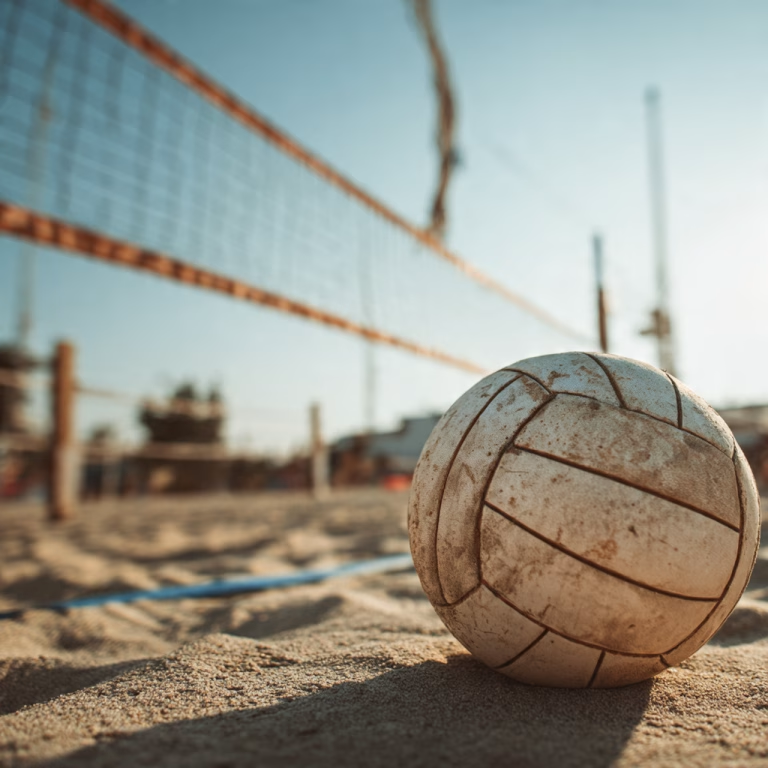Volleyball is a fantastic sport that promotes teamwork, coordination, and physical fitness. If you’re new to volleyball, understanding how to structure your practices is key to developing skills and enjoying the game. This blog post will provide a comprehensive 2-hour practice plan tailored specifically for beginners. Whether you’re a coach or a player looking to improve, this guide will help you make the most of your time on the court.
Why Practice Planning is Important
A well-structured practice plan is essential for several reasons:
- Skill Development: Focused practice helps players improve specific skills.
- Time Management: A clear plan ensures that you cover all necessary aspects of the game within your practice time.
- Engagement: Keeping practice varied and interesting helps maintain enthusiasm among players.
- Team Cohesion: Practicing together fosters relationships and teamwork.
Practice Overview
This 2-hour practice plan is divided into four main sections:
- Warm-Up (15 minutes)
- Skill Drills (60 minutes)
- Team Drills (30 minutes)
- Cool Down and Review (15 minutes)
1. Warm-Up (15 Minutes)
Warming up is crucial for preventing injuries and preparing the body for physical activity. Here’s a simple warm-up routine you can follow:
Dynamic Stretching (5 minutes)
- Arm Circles: 1 minute (30 seconds forward, 30 seconds backward)
- Leg Swings: 1 minute (30 seconds per leg)
- Torso Twists: 1 minute
- High Knees: 1 minute
- Butt Kicks: 1 minute
Volleyball-Specific Warm-Up (10 minutes)
- Ball Tossing: Pair up players to pass the ball back and forth, focusing on hand positioning and catching.
- Footwork Drills: Set up cones for players to practice quick lateral movements, emphasizing agility and foot placement.
2. Skill Drills (60 Minutes)
This section focuses on developing fundamental volleyball skills. Each drill should last about 10-15 minutes, allowing time for explanations and repetitions.
2.1 Passing (10-15 minutes)
Drill: Partner Passing
- Players pair up and stand a few feet apart.
- Focus on proper passing technique: feet shoulder-width apart, knees bent, arms extended, and contact made with the forearms.
- Encourage players to call out the name of the person they’re passing to.
2.2 Setting (10-15 minutes)
Drill: Setting against the Wall
- Players stand a few feet from a wall and practice setting the ball against it.
- Emphasize the importance of hand positioning and follow-through.
- After a few minutes, switch partners to practice with different players.
2.3 Serving (10-15 minutes)
Drill: Underhand Serving
- Teach the basic technique of underhand serving.
- Players take turns serving to a target area on the court.
- Encourage players to focus on their foot placement and follow-through.
2.4 Hitting (10-15 minutes)
Drill: Approach and Swing
- Players practice their hitting approach: three steps followed by a jump.
- Use a partner or coach to toss the ball for hitting practice.
- Focus on timing, arm swing, and landing safely.
3. Team Drills (30 Minutes)
After focusing on individual skills, it’s time to work as a team. This section includes drills to improve communication, teamwork, and game strategy.
3.1 6-on-6 Scrimmage (15 minutes)
- Split players into two teams and run a short scrimmage.
- Encourage players to communicate and apply the skills they’ve practiced.
- Use this time to provide coaching tips and feedback.
3.2 Game Situations (15 minutes)
- Set up specific scenarios (e.g., serving under pressure, defending against a strong hitter).
- Allow players to practice decision-making in real-time.
- Rotate players in different positions to experience various roles.
4. Cool Down and Review (15 Minutes)
Cooling down helps players recover and prevents stiffness. It’s also a great time to reflect on the practice.
Cool Down (10 minutes)
- Static Stretching: Focus on major muscle groups used during practice (hamstrings, quadriceps, shoulders).
- Deep Breathing: Encourage players to take deep breaths to relax.
Review (5 minutes)
- Gather players and discuss what they learned during practice.
- Highlight improvements and areas for further development.
- Encourage players to set personal goals for the next practice.
Tips for Effective Practices
- Stay Positive: Encouragement goes a long way in building confidence.
- Adapt Drills: Be flexible and adjust drills based on player skill levels.
- Keep It Fun: Incorporate games and challenges to maintain excitement.
- Encourage Communication: Remind players to talk to each other on the court.
Conclusion
A well-structured 2-hour volleyball practice plan for beginners can significantly enhance skills and foster teamwork. By focusing on warm-ups, skill development, team drills, and cool-downs, players will not only improve their abilities but also enjoy the game more. Remember to keep practices engaging and adapt them to the needs of your players. With dedication and practice, everyone can grow to love volleyball!
Happy practicing!




